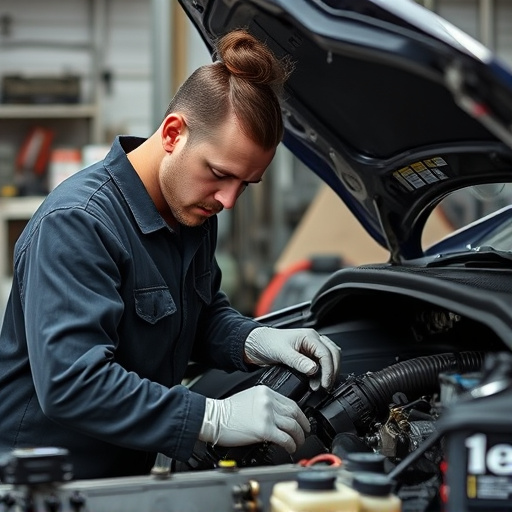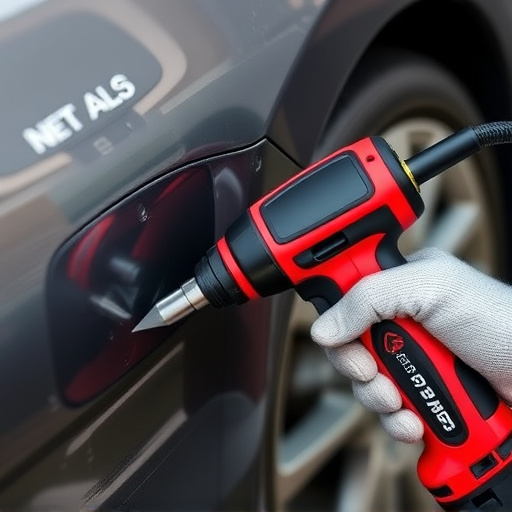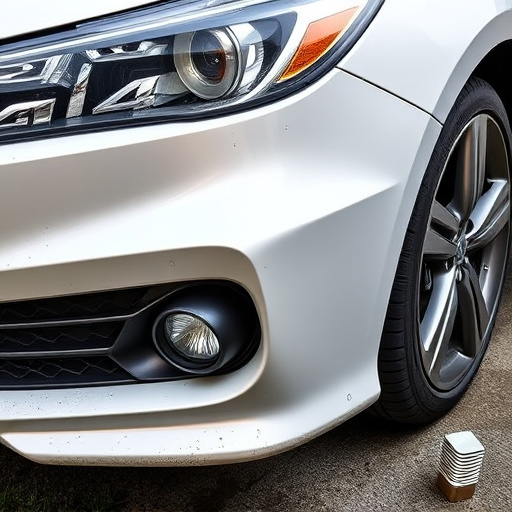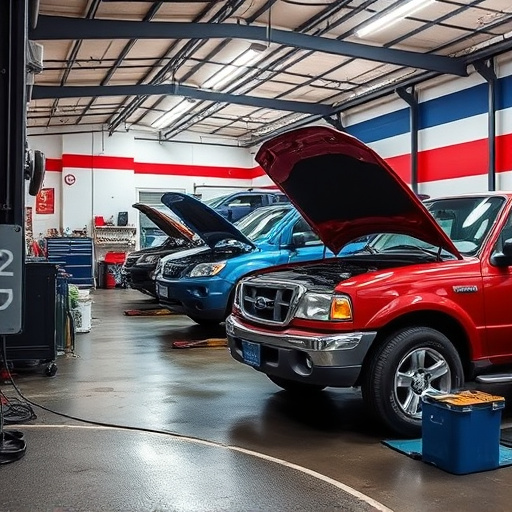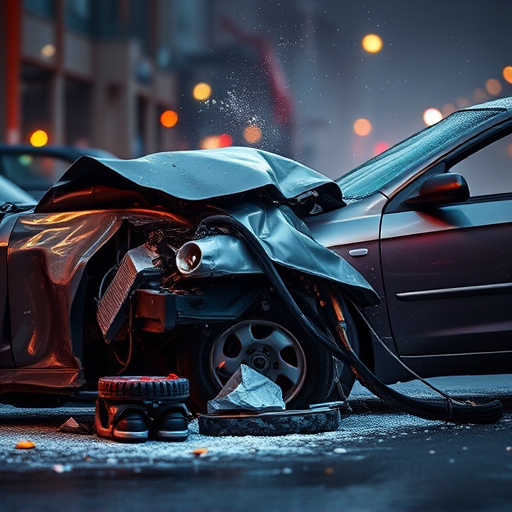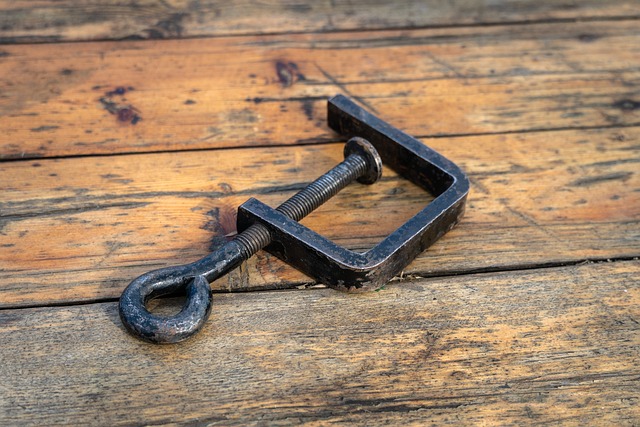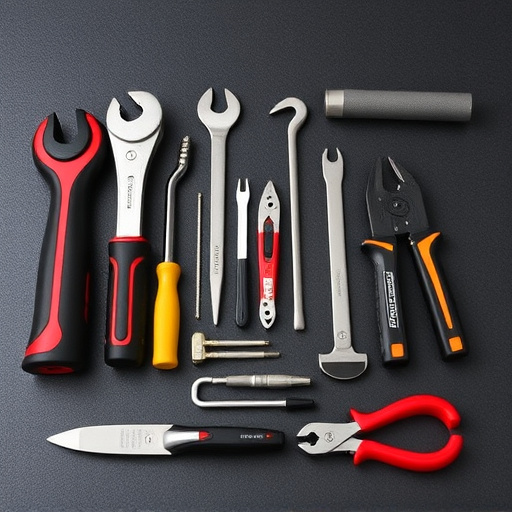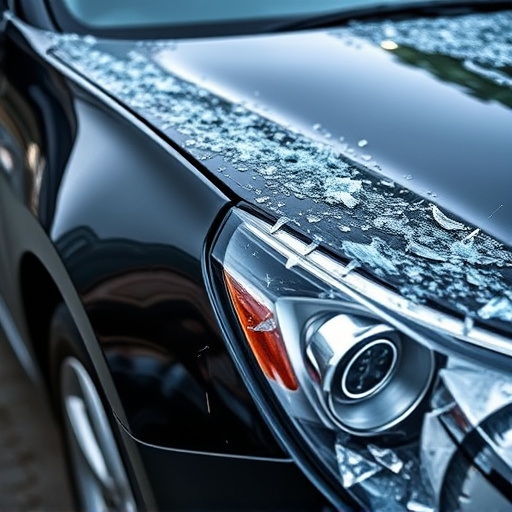Car paint restoration outcomes depend on initial damage assessment, from minor touch-ups to intensive services for severe damages like dents and rust. Professional shops with experienced technicians use advanced techniques like panel replacement and sandblasting to restore original condition with seamless finish. Effectiveness requires tailoring techniques based on damage types and using premium materials, ensuring skilled technicians deliver exceptional results matching original finish.
Car paint restoration is an art that can transform a vehicle’s appearance. Several factors significantly affect the outcome, ensuring optimal results. First, assess the extent of damage—minor scratches or major dents—for a precise restoration plan. Next, select suitable restoration techniques tailored to the car’s needs, from sanding to painting. The quality of materials and the restorer’s expertise are paramount; professional skills and top-tier products guarantee a flawless finish. Understanding these elements is key to achieving exceptional car paint restoration.
- Extent of Damage: The Initial Assessment
- Choosing the Right Restoration Techniques
- Quality of Materials and Expertise Applied
Extent of Damage: The Initial Assessment
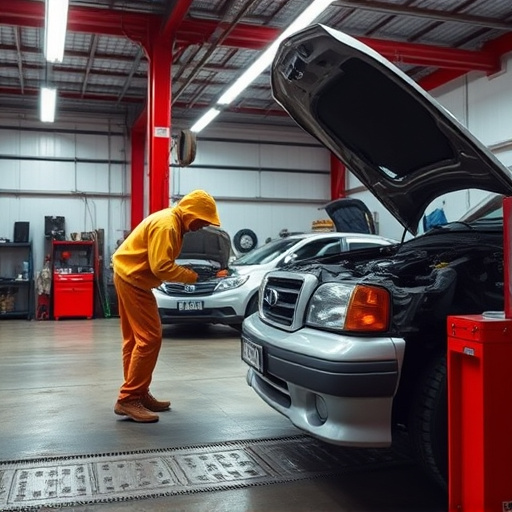
When assessing the outcome of car paint restoration, one of the primary factors to consider is the extent of initial damage. This initial assessment plays a crucial role in determining the complexity and time required for restoration. Minor scratches or chips may only need a simple touch-up job, involving filling in small areas with paint and then applying a clear coat to match the existing color.
On the other hand, more severe damages such as deep dents, rust spots, or extensive peeling of paint will require more intensive auto body services. Car repair shops equipped with experienced technicians and state-of-the-art equipment can handle these cases, using techniques like panel replacement, sandblasting, and advanced paint matching to restore the car’s exterior to its original condition, ensuring a seamless and lasting finish in car paint restoration.
Choosing the Right Restoration Techniques

The success of car paint restoration largely hinges on adopting the most suitable techniques for the specific repair needed. Different damage scenarios require distinct approaches. For instance, minor scratches and swirls might be effectively treated with polishing and waxing, while more extensive dents or holes may demand a combination of filling, sanding, and repainting. Choosing the right technique not only ensures a visually appealing finish but also longevity of the restored surface.
Selecting the appropriate tools and materials is paramount, too. High-quality polishes and paints designed specifically for car paint restoration can significantly enhance results. Moreover, considering services like fender repair or collision repair services from experienced professionals can be invaluable, especially in cases of severe damage, ensuring a precise and seamless restoration that matches the vehicle’s original finish.
Quality of Materials and Expertise Applied
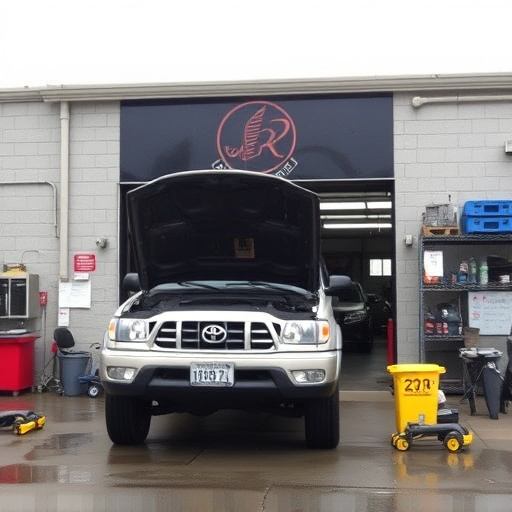
The quality of materials and the expertise behind their application play a pivotal role in determining the outcome of car paint restoration. Using only top-grade paints and primers ensures that the final finish is not just visually appealing but also durable. Reputable auto body shops invest in high-quality products to guarantee long-lasting results, ensuring that the restored vehicle looks as good as new for years to come.
Skilled technicians are equally crucial. Their proficiency in techniques like color matching and surface preparation significantly impacts the final product. Proper training and experience allow them to address nuances in car paint repair, such as fixing minor dents or blemishes, seamlessly integrating repairs with the existing paint job. Ultimately, the combination of high-quality materials and expert craftsmanship ensures that every car paint restoration project is handled with precision and care.
The outcome of car paint restoration is a delicate balance between assessing damage, selecting suitable techniques, and utilizing high-quality materials. Each step plays a pivotal role in achieving exceptional results. By carefully considering the extent of damage, opting for the right restoration methods, and relying on skilled professionals with top-tier resources, you can transform a vehicle’s exterior, enhancing its aesthetics and resale value through effective car paint restoration practices.
